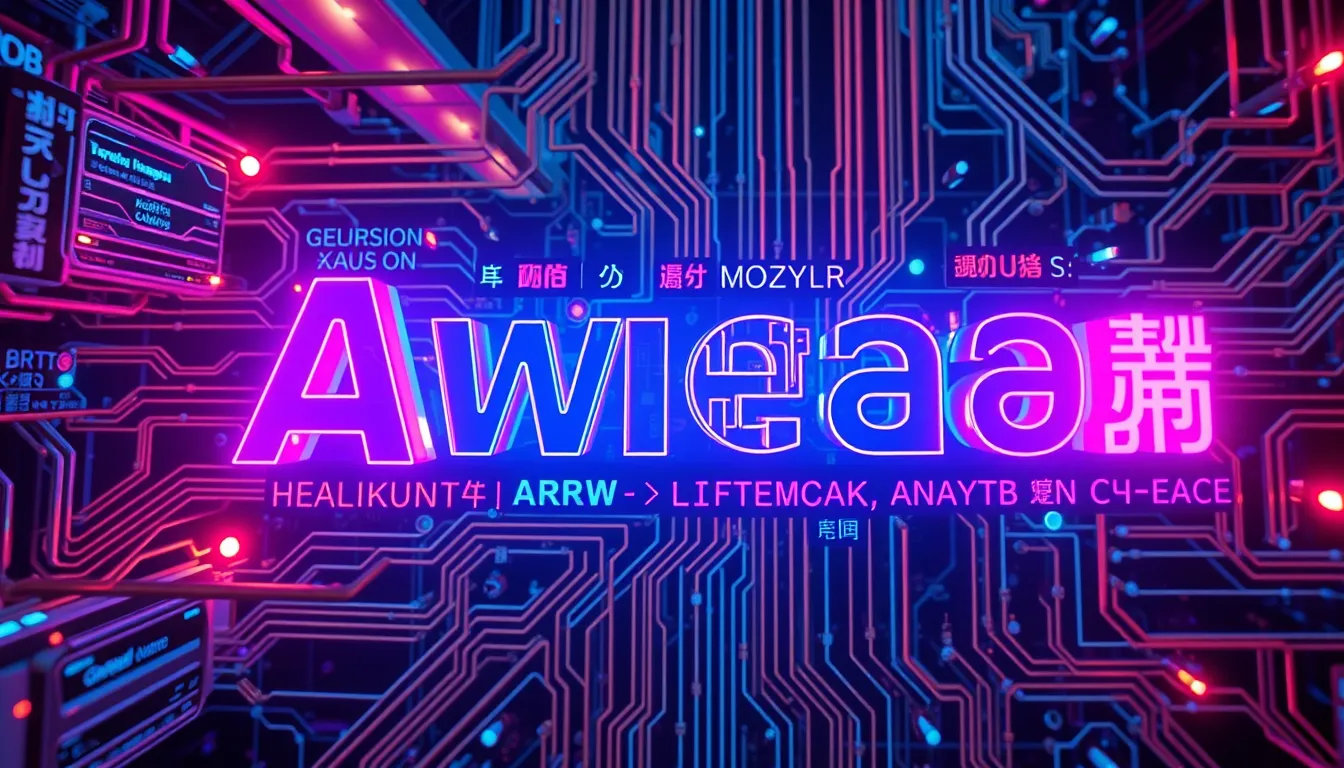Now Reading: Cloudflare Stealth Crawling: AI Bots & Data Ethics
-
01
Cloudflare Stealth Crawling: AI Bots & Data Ethics
Cloudflare Stealth Crawling: AI Bots & Data Ethics

Cloudflare Stealth Crawling: AI Bots & Data Ethics
Cloudflare, a leader in web security, has recently raised alarm regarding the behavior of emerging AI technologies. Specifically, Cloudflare has highlighted that Perplexity AI bots are engaging in stealth crawling – a practice that bypasses standard website blocking protocols. This phenomenon raises critical issues concerning digital rights, web traffic management, and the broader regulatory oversight necessary in today’s digital world. In this analysis, we delve into the technical, ethical, and regulatory challenges that stem from this controversial behavior.
The Rising Concern Over Stealth Crawling
The term “stealth crawling” refers to the covert methods employed by AI bots to access website content that has been explicitly protected by robots.txt files or other blocking protocols. As AI technologies become more sophisticated, an increasing number of organizations are witnessing automated systems successfully bypassing security measures that are traditionally effective in controlling web traffic. Cloudflare’s alert serves as a call to action, urging website owners and regulatory bodies to revisit and update their defenses against unauthorized scraping.
One of the core concerns is that stealth crawling may undermine the digital rights of content owners. Websites often rely on blocking protocols not only to safeguard proprietary content but also to manage server loads and protect user privacy. When AI bots circumvent these protocols, it results in unregulated data extraction and can potentially lead to misuse of sensitive information. For more information on Cloudflare’s security practices, visit their official site: Cloudflare.
The Role of Perplexity AI Bots in Data Scraping
Perplexity AI bots have come under intense scrutiny for these practices. Their ability to bypass restrictions is a double-edged sword. On one hand, it underlines the remarkable technical advances in artificial intelligence; on the other, it raises significant ethical and regulatory questions regarding AI-driven data scraping. Perplexity AI has been noted for the innovative application of AI in data collection, yet the deployment methods employed have sparked debates across the industry.
How AI Bots Bypass robots.txt
A detailed examination of stealth crawling reveals methods by which AI bots manage to bypass robots.txt files, a standard mechanism for website owners to restrict unwanted content access. The standard protocol, when ignored by AI bots, results in unauthorized data access, providing a window into how these systems are engineered to outsmart traditional safeguards. Website blocking protocols are crucial for maintaining the integrity of digital environments, and this bypass puts web traffic management in jeopardy.
- Bypassing of robots.txt files by AI bots raises security concerns.
- Unchecked data scraping can lead to the erosion of digital rights.
- Regulatory bodies must modernize oversight frameworks.
Ethical Implications of AI Data Scraping
The ethical implications of AI data scraping cannot be understated. When AI technologies collect data without proper consent or disregard existing restrictions, they immediately confront significant moral dilemmas. The transition to a technology-driven age calls for enhanced regulatory measures that safeguard privacy, security, and intellectual property rights. The unsanctioned scraping practices not only jeopardize the technical integrity of websites but also blur the lines of digital ownership and ethical data use.
Regulatory Challenges for AI-Driven Crawlers
In an environment where AI’s capabilities are expanding at an unprecedented rate, regulatory challenges also escalate. The current frameworks for digital oversight lag behind technological innovation. As Cloudflare and other security experts contend with these disruptions, regulatory bodies are prompted to establish new guidelines that balance innovation with the protection of digital assets.
- Updated digital rights frameworks that cater to new AI methods.
- Collaborative efforts between tech companies and regulatory entities for uniform guidelines.
- Implementing stronger measures against bypass techniques in automated crawlers.
Impact of Stealth Crawling on Website Security
The impact of stealth crawling on website security is both technical and far-reaching. Stealth crawling not only threatens the operational capabilities of websites but also undermines the trust between online content providers and their audiences. With traditional security measures being bypassed, website operators are compelled to adopt more advanced, multi-layered defense mechanisms. This escalation calls for enhanced cooperation between cybersecurity experts and regulatory agencies to mitigate potential breaches.
The Future of AI and Web Security
As this debate intensifies, it is clear that a balanced approach is needed. The rapid pace of AI innovation means that existing regulatory measures are quickly becoming outdated. By harnessing the expertise of tech companies like Cloudflare and engaging in transparent dialogues, the industry can work toward solutions that protect both innovation and individual rights.
In conclusion, the issue of stealth crawling by AI bots – as claimed by Cloudflare – is more than just a technological challenge. It touches upon ethical considerations, digital rights, and the urgent need for updated regulatory frameworks. As AI continues to evolve, maintaining digital integrity and ensuring a fair digital ecosystem will require concerted efforts from all stakeholders in this fast-paced technological landscape. It is a call to action for enhanced oversight, better defense mechanisms, and improved ethical guidelines to govern the rapidly advancing realm of AI-driven data scraping.
For further reading on technology and digital rights, check out reputable sources such as The Verge.
By addressing these challenges head-on, the tech community can ensure that progress in AI is aligned with established online security protocols, safeguarding the interests of website owners and their users alike.

























